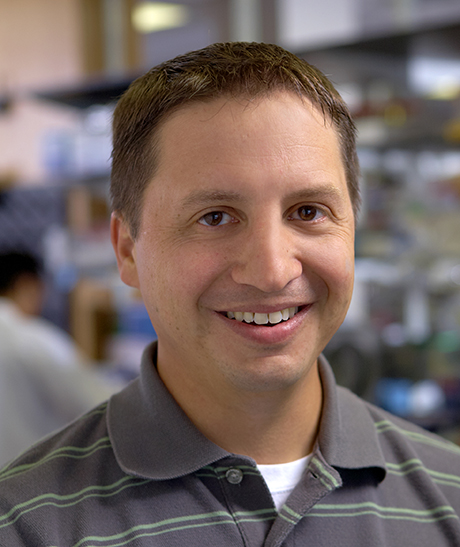The North American food safety testing market is projected to reach $16 billion by 2020, according to a recent study by Markets and Markets. In just a few short years, it’s safe to say that purchasing a software solution to create and manage food safety programs will become ubiquitous, equivalent to that of employing any other software tool such as Microsoft Excel.
However, there is a broad range of capabilities for food safety software, and some solutions are much more complex than others. Many types of HACCP software operate as part of an ERP system, merely managing documents online under IT administration. But the technological capabilities of a food safety management system are endless in terms of value-driven innovation. Any competitive software on the market should go further, and be flexible and agile enough to meet and contain the challenges of a changing regulatory landscape and aggressive market space.
One of the ways food safety management can take things further is through the use of intelligent algorithms that can help food safety professionals get the most out of their software—and their HACCP plan. For example, instead of manually searching for all the physical, chemical and biological hazards (as well as radiological hazards under HARPC), intelligent algorithms can use data from other HACCP plans to suggest hazards. By comparing facility types, process flows, ingredients and more, a sophisticated algorithm can make smart suggestions that give food safety professionals a significant leg up, cutting down research time and providing a context of learning since it’s much easier to learn by example than starting from scratch. As such, suggestions can equip food safety professionals with the right mindset to discover potential hazards.
There are core benefits to searching for software technologies that have intelligent algorithms in place to analyze and retrieve data for those food businesses looking to get the most long-term value out of their vendor purchase.
Facilities with High-Risk Products and Complex Process Steps
High-risk foods are defined by the FDA as foods that “may contain pathogenic microorganisms and will normally support formation of toxins or growth of pathogenic microorganisms.” High-risk foods include raw meat, poultry, fish, dairy, fresh fruit, and vegetables, and processors working with these products handle more hazards and process steps in general than processors making low-risk foods. Instead of sorting through hundreds of hazards, facilities with high-risk products and complex process steps are able to skip much of the manual grunt work and simply select automatically generated hazards and process steps suggested to them at their fingertips.
Small Business Owners or Basic Food Safety Professionals
It’s common for small food businesses to put the bulk of their food safety duties on the shoulders of the owner. For many who have no previous background in food safety, there can be an unexpected and frustrating learning curve to overcome before you can pay the sweat equity required to develop a HACCP plan, and not for lack of trying. Similarly, junior food safety employees in new facilities can find established food safety practices challenging to navigate. Through intelligent algorithms, a software system can reinforce food safety hazards and process steps that might have been missed or forgotten by making them instantly available for retrieval and selection.
Giving Back Time
Recordkeeping is an essential component to an excellent food safety culture. In the grand scheme of things, managing resources to allocate time to high-level tasks that require human expertise on the production floor is a critical activity that most food safety professionals prioritize. Having more time to correct potential risk actions is crucial to ensuring the lowest possible likelihood of a recall. Smart software systems facilitate better employee time management practices so they can maximize their hours for meaningful, rather than menial, work. By taking back the time that would have been spent researching hazards, smart suggestions provide food safety professionals with a starting point that allows them to choose from a curated selection without delay.
Experimental Facilities with Changing Product Portfolio
Facilities that have a tendency to experiment with product development (i.e., food startups) are prone to using a significant amount of ingredients and formulas. When it comes time to present the right information for inspections and audits, this translates into a substantial amount of additional work in maintaining a HACCP plan. Intelligent algorithms enable a clear and organized focus, eliminating the minutiae surrounding information management of experimental product development.
New Regulations and International Compliance
Around the world new regulations surrounding acceptable food safety documentation are coming into effect; notably, FSMA even adds to the traditional hazards included under HACCP. For foreign exporters as well as American businesses, regulatory expectations for a more comprehensive approach to hazards and critical control points are higher than in the past. In the face of new regulatory demands, smart algorithms help food businesses lay out a common framework so that they can build internationally compliant programs
Extra Safeguard Check
Human error is inevitable. The beauty of technology is that it acts as a safeguard to ensure there are no glaring omissions that may have an impact on food safety duties. As a final once-over before sending in the HACCP plan, it makes good sense to have smart suggestions to cover all the bases.
Intelligent algorithms allow food safety professionals to do more with their time. By selecting from suggestions related to ingredients, materials, packing and process steps, a considerable amount of time is restored to the work day compared to the time-consuming exercise of manually assembling lists. The main benefit to a food safety software solution with intelligent algorithms is to reinforce the right mindset for listing physical, chemical and biological hazards for ingredients, material, processes and beyond. While smart suggestions should always be verified by a food safety professional familiar with the internal operations of a facility, for companies that aim to work smarter but not harder, smart algorithms are a key feature to keep in mind when researching software vendors.






